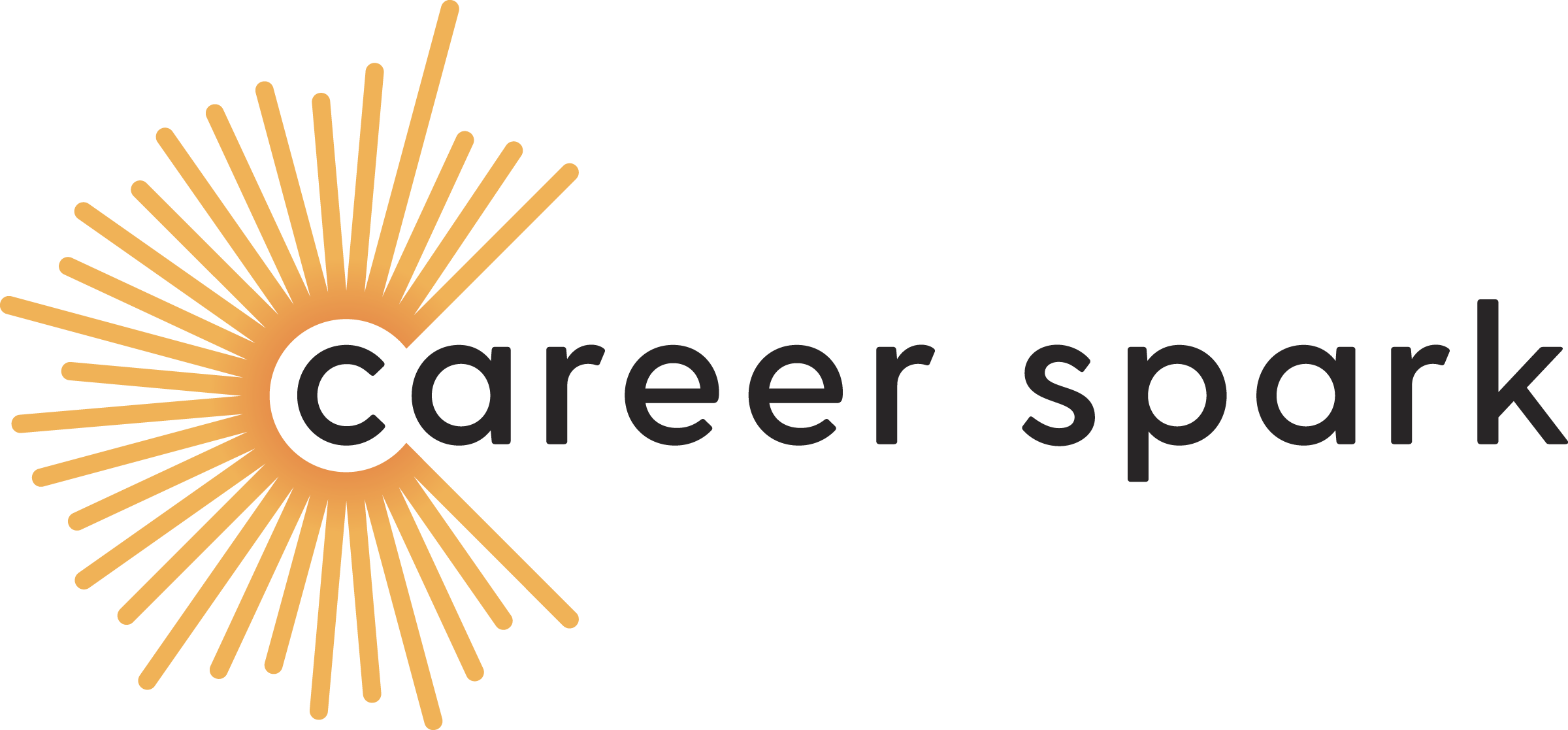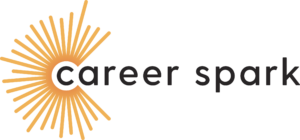Four ways to improve your approach to diversity and inclusion

There’s a famous quote about diversity and inclusion (D&I) that has made its rounds around the internet: “Diversity is being invited to the party, inclusion is being asked to dance.”
It’s a lovely sentiment. But unfortunately, it also sheds light on how and why organizations miss the mark with D&I in their companies. For example, if you look around your company and don’t see enough people of different backgrounds, cultures, or ages, you might think the solution is simple: hire more diverse candidates. Invite them to the party.
Unfortunately, most D&I initiatives look and sound great but end up being pretty ineffective for two key reasons: they don’t get at the root of the issue, and they lack nuance. For example, do you know why your company lacks diversity in the first place? If you have problems retaining diverse talent, do you know why they leave?
If we use the party analogy again, think of a time in the past where you were invited somewhere and felt uncomfortable or like the odd one out. You probably didn’t stick around very long, right? That’s why so many D&I efforts fall short. It’s easy to set diversity quotas or targets. It’s a lot harder to ask yourself if your company is as inclusive as you would like it to be.
D&I is not a checkbox activity. There are so many factors at play – your company culture, employer brand, and recruitment and engagement strategies are just a few areas that you should evaluate if your organization lacks in the diversity department.
What is Diversity and Inclusion (D&I), and Why Does it Matter?
While diversity and inclusion are often grouped together, they are different concepts with different benefits. For example, diversity in the workplace means that an organization is comprised of people with various and often intersecting social identities and experiences, such as gender, race, age, culture, socio-economic background, and so on.
Inclusion in the workplace is all about understanding and respect. An inclusive workspace is one where everyone feels accepted, involved, valued, respected, treated fairly, and embedded in the company culture. People feel like their voices and opinions are heard and considered.
With diversity and inclusion, you can’t have one without the other. Diversity without inclusion can lead to a toxic culture where diverse employees feel tokenized. On the other hand, inclusion without diversity can stifle innovation and promote groupthink.
However, organizations that succeed at both diversity and inclusion can undoubtedly reap the rewards with benefits like:
-
- Attracting top talent: More than 3 out of 4 job seekers and employees (76%) report that a diverse workforce is important when evaluating companies and job offers.
- Increased employee engagement: When companies support D&I initiatives, a whopping 83 percent of millennials are actively engaged in their work.
- Increased innovation: The Harvard Business Review found that companies with above-average total diversity were more innovative and profitable.
- Improved business performance: Companies with significantly more racial and ethnic diversity are 35 percent more likely to outperform competitors. Harvard Business Review also discovered that diverse companies are 70 percent more likely to capture new markets, which, in turn, yields higher performance.
What Employers Often Get Wrong About D&I
Now we know we don’t need to sell you the importance of D&I. But even though employers are familiar with the concept and understand what it could do for their organization, they keep getting it wrong. And in a post-pandemic world where more and more people are quitting their jobs to find more fulfilling and values-aligned work, you really can’t afford to half-ass your D&I efforts or put this work on the backburner.
So what should you do as an employer? First, learn from others’ mistakes. Here are four ways to improve your approach to D&I.
-
Figure Out What Your Problems Are
Often, companies end up solving for the wrong things because they haven’t adequately diagnosed their problems. Even looking at D&I as a problem to be solved is problematic as it immediately puts the issue in a negative light. It positions it as a nuisance that needs to be dealt with rather than a strength and an ongoing practice.
You may know that your company lacks diversity but do you know where it stems from and why? For example, do you struggle to attract diverse employees – or retain them? Is there an absence of diversity at the leadership level? Once you figure out exactly where you’re struggling with D&I, you can start to dig into why it’s happening.
For example, if you struggle to attract diverse employees, it could be because of the language you’re using in your recruitment marketing. Or you might need to widen your talent pool. Suppose your diverse employees are leaving or not moving up in the organization. In that case, you could use a career pathing solution like Career Spark to help them identify internal mobility and growth opportunities and connect them with learning and development resources that will help them gain the skills required to make these moves.
-
Address Unconscious Biases
Most organizations will say that they hire and promote and based on merit. While this sounds great in theory – who wouldn’t want to hire the best person for the job? – how employers define ‘best’ is the problem.
The idea of meritocracy only works if everyone is working on a level playing field ad that just isn’t the case. In reality, unconscious and structural biases based on people’s social class, immigration status, gender, and ethnicity keep many marginalized candidates and employees from landing the roles they deserve.
Studies consistently show that white men continue to out-earn Black and Hispanic men, white women, and women of color. In addition, an RBC Economics report found that new Canadians earn 10 percent less on average than Canadian-born workers. Why? Because when unconscious bias creeps into hiring or promotion decisions, managers tend to choose candidates that they’re comfortable with, and these are often people who remind them of themselves.
To get ahead of unconscious bias, you need to prioritize facts over feelings. For example, instead of ‘going with your gut,’ you could use Career Spark’s predictive people intelligence platform to analyze your current top performers and create a success blueprint for each role, which you can then leverage to make more objective hiring decisions.
-
Reconsider Using Diversity Quotas
Improving D&I in your organization is not a short-term problem that numbers can fix. Sure, you can set a target to recruit more women or people of colour and pat yourself on the back when you achieve it, but it doesn’t fix the problem. It can also create inequities in other areas.
For example, ‘positive discrimination’ occurs when companies don’t hire the best candidate (who happens to be a white male) because they’re trying to meet a quota. This leads to an issue where a less-experienced diverse candidate is set up to fail, allowing employers to let themselves off the hook and go back to their old ways because ‘diversity didn’t work.’
Instead of focusing on short-term gains, think about how your organization can create meaningful, long-lasting change. For example, how can you develop your people and change your processes to recruit more fairly at the entry-level? How can you create a culture that embraces diversity of thought and implement best practices, development tools, and resources to maximize talent engagement, advancement, workplace performance, and overall satisfaction? These aren’t simple or easy questions to answer, but they will help you build an organization that lives and breathes diversity and inclusion rather than simply performing it.
-
Promote Belonging
If you want your diverse employees to thrive, they need to feel psychologically safe. This is the belief that you won’t be punished for making a mistake, taking a risk, or speaking your mind – which is often where many organizations fall short with diversity and inclusion.
It’s not enough to give your diverse employees a seat at the table. They need to feel safe enough to speak up or question the status quo. Of course, it’s naive to think that a new hire from a different background, culture, or gender would have the exact same needs, interests, and approach to work as your less-marginalized employees, but this is often how companies operate.
For example, having your team members share their baby pictures and have colleagues guess who’s who is a classic icebreaker. However, it can be awkward at best for your racialized employees (especially if you only have one person of colour on your team) and triggering and dysphoric at worst for your trans and gender non-conforming employees.
On the other hand, storytelling can be a powerful tool to promote belonging in your organization. Hearing another person’s story – the broader aspects of their life, such as hobbies or outside interests, concerns, or hardships – can help dissolve barriers, build trust, and help your team members better relate to each other.
How Leveraging Data in D&I Can Help You Be More Human
While it may seem a little counterintuitive, the right data can actually help you take a more human approach to D&I. And no, we’re not talking about quotas – more like deep insights into what your employees want and where they would be most successful.
For example, with Career Spark, you can use our solution to reduce unconscious bias by creating objective job success blueprints. You can also leverage it to help your diverse team members access learning and development opportunities that can help them level up in their careers and at your company.
Ultimately, where we see many organizations drop the ball is forgetting that women, people of colour, women of colour, LGBTQ+ folks, newcomers – these groups aren’t monoliths. They’re also not boxes to check. They’re three-dimensional, multi-faceted people who should be treated with care and respect.













